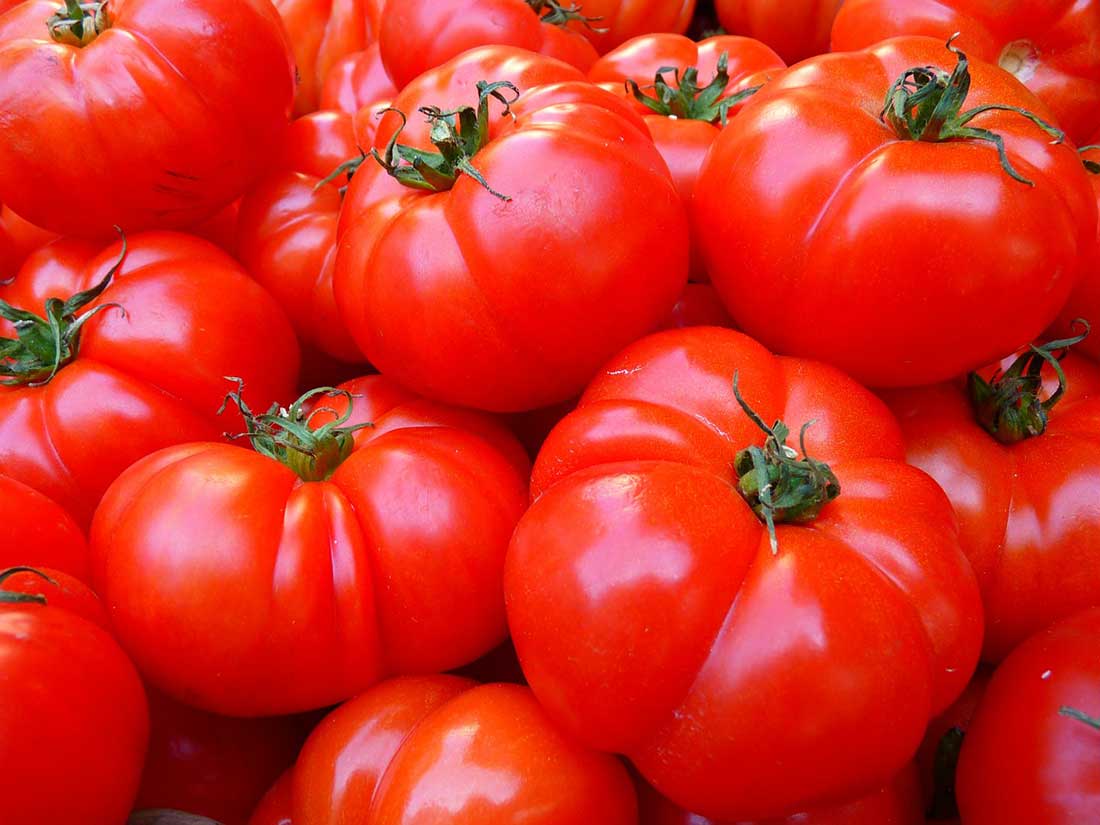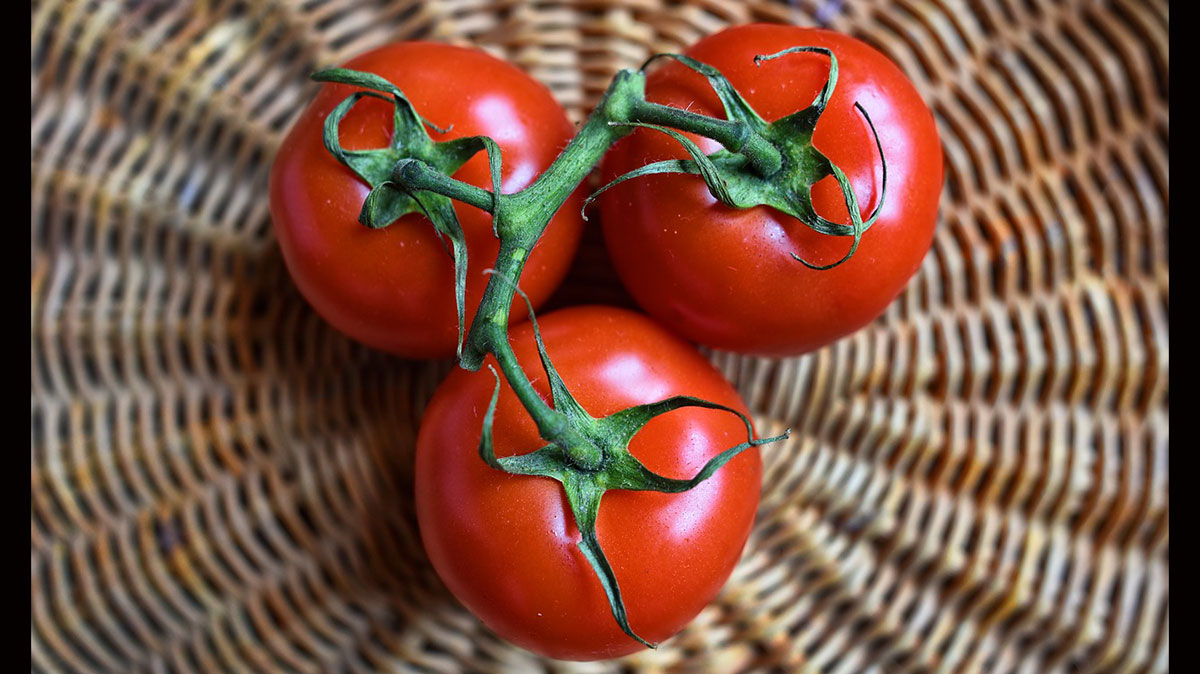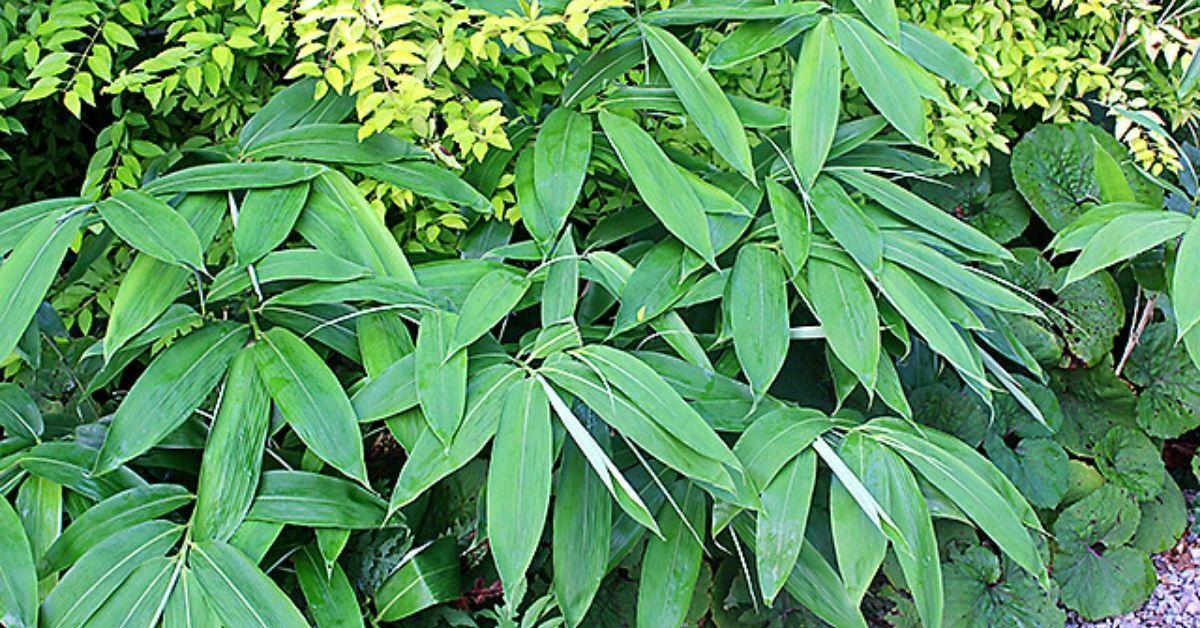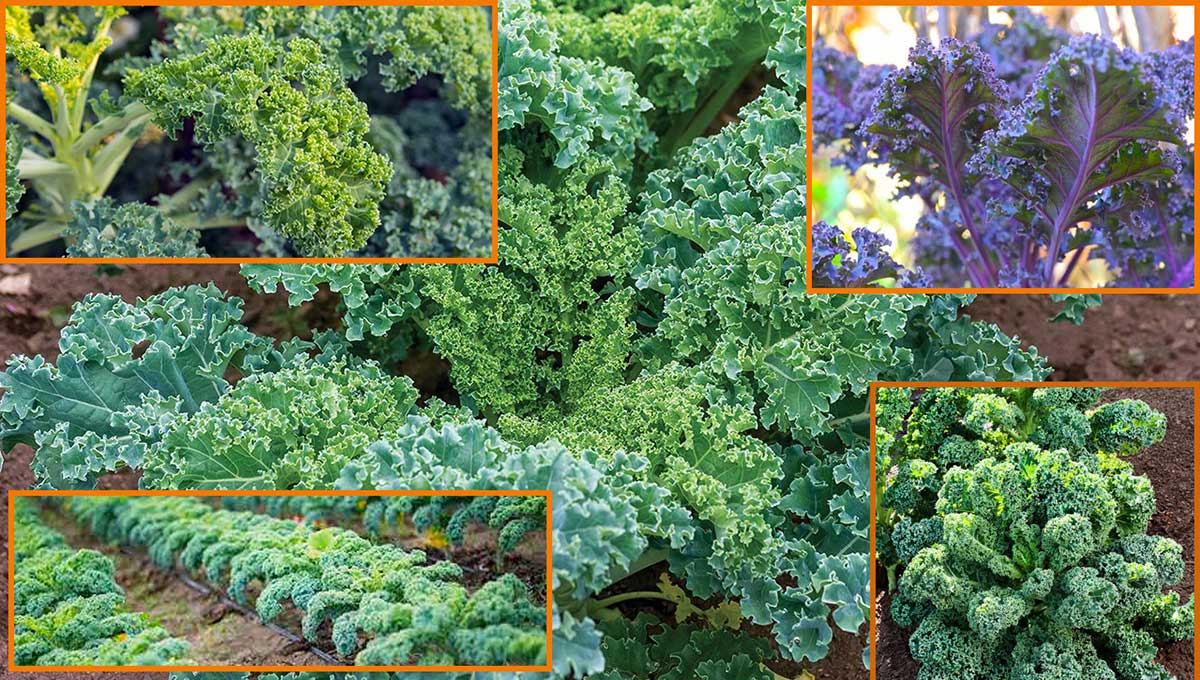Have you ever wondered how to grow red Russian tomatoes, the large and juicy beefsteak variety that originated from New Zealand? In this article, you will learn everything you need to know about this tomato variety, from its origin and history to its description and taste, to its planting and care tips. You will also discover some delicious ways to use red Russian tomatoes in your kitchen.
The tomato Red Russian variety delivers a reliable and accurate name for bright red beef tomatoes and is, therefore, very popular. I will try to show you what you should bear in mind when planting and caring for the Red Russian tomato.
The Red Russian tomato variety impresses in the garden with its large, classic red fruits. In this post, you will learn what makes this tomato variety special, where it comes from, and how it is best cultivated in your garden.
You might also like this: Yellow leaves on plants-How to control iron deficiency
Origin and History of the Tomato Red Russian
The tomato variety ‘Red Russian’ is also known as ‘Russian Red tomato’ and was introduced under this name. It comes from the Levin Agricultural Research Centre in New Zealand and was selected there as early as 1943. Since its introduction in 1949, it has been used in gardens and greenhouses around the world and is particularly successful because of its resistance to harsher and colder weather conditions.

Red Russian: Description and taste
The tomato Red Russian as a plant can reach a height of about 160 cm – 62 inches. The fruits are flat-round, slightly ribbed, and can weigh up to 350 grams – 12.35 ounces. The first ripe, soft, deep red fruits can be harvested from August onwards. The red Russian tomato plant is thus one of the medium-late varieties and bears fruit until the end of September.
The taste of the tomato variety ‘Red Russian’ is aromatic and fruity with a well-balanced sweet/acid ratio. The New Zealand variety is seed-solid, which means that you can extract seeds for the next year from its fruit and grow the same variety. This is not possible with modern hybrid seeds. By the way, you will also find detailed instructions on how to obtain and store tomato seeds.
Planting and caring for Red Russian tomatoes
The ‘Red Russian’ tomato is robust and tolerant of disease but also of cold temperatures and heat and drought in high summer. It is, therefore, suitable for the greenhouse, but also the tub and the field. Outdoor planting takes place from mid-May onwards after the ice saints. Place the ‘Red Russian’ deep in the soil and remove all the leaves that would now disappear under the ground.
We recommend that you mix a mainly organic slow-release fertilizer, such as our Plantura Organic Tomato Fertilizer, into the excavated soil directly at the time of planting and add it to the planting hole. The granulation is then slowly decomposed by soil organisms and provides all the necessary nutrients for the tomato plants over two months.
This is followed by a second post-fertilization, which lasts until the end of the season. In the field, the ‘Red Russian’ tomato can be grown with several shoots but should then be well supported and tied up.
Of course, you can also plant the ‘Red Russian tomato’ in a large pot and place it on a warm house wall or balcony. To do this, fill a large pot with soil suitable for tomatoes, such as our Plantura Organic Tomato & Vegetable Soil, and place the young plants of the ‘Red Russian’ in it. Potted tomatoes need to be watered more often in midsummer than outdoor tomatoes.
Propagation of Red Russian Tomatoes

Red Russian tomatoes can be propagated by seeds or cuttings. Seeds can be obtained from ripe fruits or purchased from reputable sources. They should be sown indoors in pots or trays about 6 to 8 weeks before the last frost.
They should be kept moist and warm and transplanted outdoors when they have 4 to 6 leaves. Cuttings can be taken from healthy and vigorous plants, preferably from the side shoots. They should be cut at an angle, dipped in rooting hormone, and planted in moist soil or water. They should be kept in a bright and humid place and transplanted outdoors when they have roots and leaves.
Harvest and uses for ‘Red Russian’ tomato – Beed tomato plant
From August, the first ripe fruits can be harvested and enjoyed. Beef tomato plants like the ‘Red Russian’ are excellent for use in soups and sauces. But also fresh on bread and in salads, the aroma of the robust tomato comes out very well.
Beef tomatoes come in a wide variety of colors and shapes. In our article on the pineapple tomato, we present a beautiful yellow-orange marbled lover’s variety.
Problems of Red Russian Tomatoes
Red Russian tomatoes are generally resistant to diseases and pests, but they can still suffer from some common tomato problems. Some of the most likely issues are blight, blossom end rot, cracking, splitting, and sunscald.
Blight is a fungal disease that causes brown spots and wilting on the leaves and stems. It can be prevented by watering at the base of the plants, avoiding overhead watering, and removing infected parts.
Blossom end rot is a physiological disorder that causes black or brown lesions on the bottom of the fruits. It is caused by a calcium deficiency or uneven watering. It can be prevented by adding lime or eggshells to the soil, watering regularly, and mulching the plants.
Cracking, splitting, and sunscald are cosmetic defects that affect the appearance of the fruits. They are caused by sudden changes in temperature, moisture, or sunlight. They can be prevented by watering evenly, avoiding overwatering, and providing some shade for the plants.
Conclusion
Red Russian tomatoes are a wonderful variety to grow in your garden if you love large, juicy, and flavorful fruits. They are easy to plant and care for, and they can be used in many dishes and recipes. If you follow the tips in this article, you will be able to enjoy a bountiful harvest of red Russian tomatoes in no time. Have you ever grown red Russian tomatoes? What are your favorite ways to use them? Let us know in the comments below. And don’t forget to share this article with your friends who might be interested in growing red Russian tomatoes too.
What are red Russian tomatoes?
Red Russian tomatoes are a beefsteak tomato variety that originated from New Zealand. They have large, flat-round, slightly ribbed, deep red fruits that weigh up to 350 grams. They have a sweet and fruity flavor with balanced acidity.
How do I plant and care for red Russian tomatoes?
Red Russian tomatoes are robust and tolerant of cold, heat, and drought. They can be grown in the greenhouse, in pots, or in the field. They should be planted after the last frost in mid-May in a sunny and well-drained spot. They should be fertilized with an organic slow-release fertilizer at planting and again after two months. They should be watered regularly, but not too much. They should be supported and tied up and pruned if necessary.
When and how do I harvest and use red Russian tomatoes?
Red Russian tomatoes are ready to harvest from August to September, when they are soft and fully colored. They can be picked by hand or cut with scissors. They can be eaten fresh or cooked, in soups, sauces, salads, sandwiches, or any other dish that calls for tomatoes. They can also be preserved by canning, freezing, or drying.


